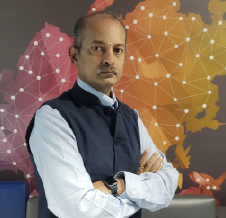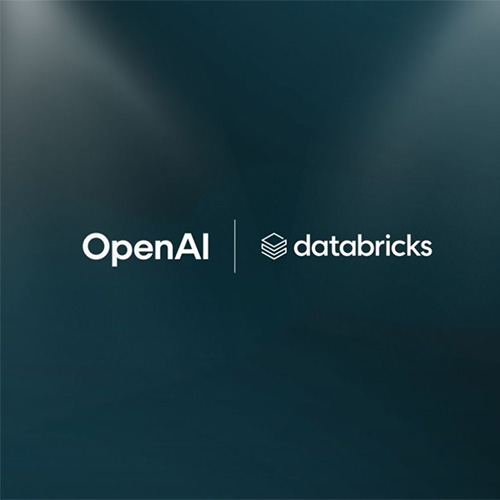
Amazon Executive Chairman Envisions Orbital Infrastructure as Next Evolution in Computing
The future of large-scale data processing may lie beyond Earth's atmosphere, according to Amazon Executive Chairman Jeff Bezos, who outlined an ambitious vision for space-based computing infrastructure during his appearance at Italian Tech Week.
Speaking in conversation with Ferrari and Stellantis Chairman John Elkann, Bezos projected that massive data centers capable of generating gigawatt-level power will be constructed in orbit within the coming 10 to 20 years. The key advantage, he explained, lies in uninterrupted access to solar energy without atmospheric interference.
Orbital Advantages Over Terrestrial Facilities
The billionaire entrepreneur highlighted several benefits of extraterrestrial data infrastructure, emphasizing that space-based facilities would operate with constant solar power availability—free from weather-related disruptions that affect ground-based operations.
"Massive training clusters would perform more efficiently in orbit, where solar energy flows continuously without atmospheric obstacles," Bezos noted, suggesting that economic viability could be achieved within decades.
This vision addresses growing concerns about earthbound data centers, which have significantly increased demands on electrical grids and water resources needed for server cooling systems. Technology companies have been exploring alternative solutions as computational requirements continue escalating.
Broader Space Utilization Strategy
Bezos positioned orbital data centers as part of an expanding role for space infrastructure in terrestrial applications. He drew parallels to existing satellite technologies that have already transformed weather forecasting and global communications, suggesting data processing represents a logical progression.
Manufacturing operations could eventually follow data centers into orbit, according to his long-term outlook.
However, space-based facilities face substantial obstacles, including complex maintenance requirements, costly launch operations, upgrade difficulties, and inherent risks associated with rocket deployment.
AI Development Compared to Dot-Com Era
During the discussion, Bezos also addressed current developments in artificial intelligence, drawing comparisons to the internet expansion of the early 2000s. He acknowledged that while speculative investment bubbles may emerge—similar to patterns seen during the dot-com boom and subsequent correction—the fundamental societal benefits remain substantial.
The Amazon leader encouraged maintaining perspective between potential market volatility and the genuine transformative impact of AI technologies, which he expects will achieve widespread adoption across industries and applications.
His remarks emphasized optimism about AI's long-term value while recognizing historical patterns of technology investment cycles.
See What’s Next in Tech With the Fast Forward Newsletter
Tweets From @varindiamag
Nothing to see here - yet
When they Tweet, their Tweets will show up here.





























